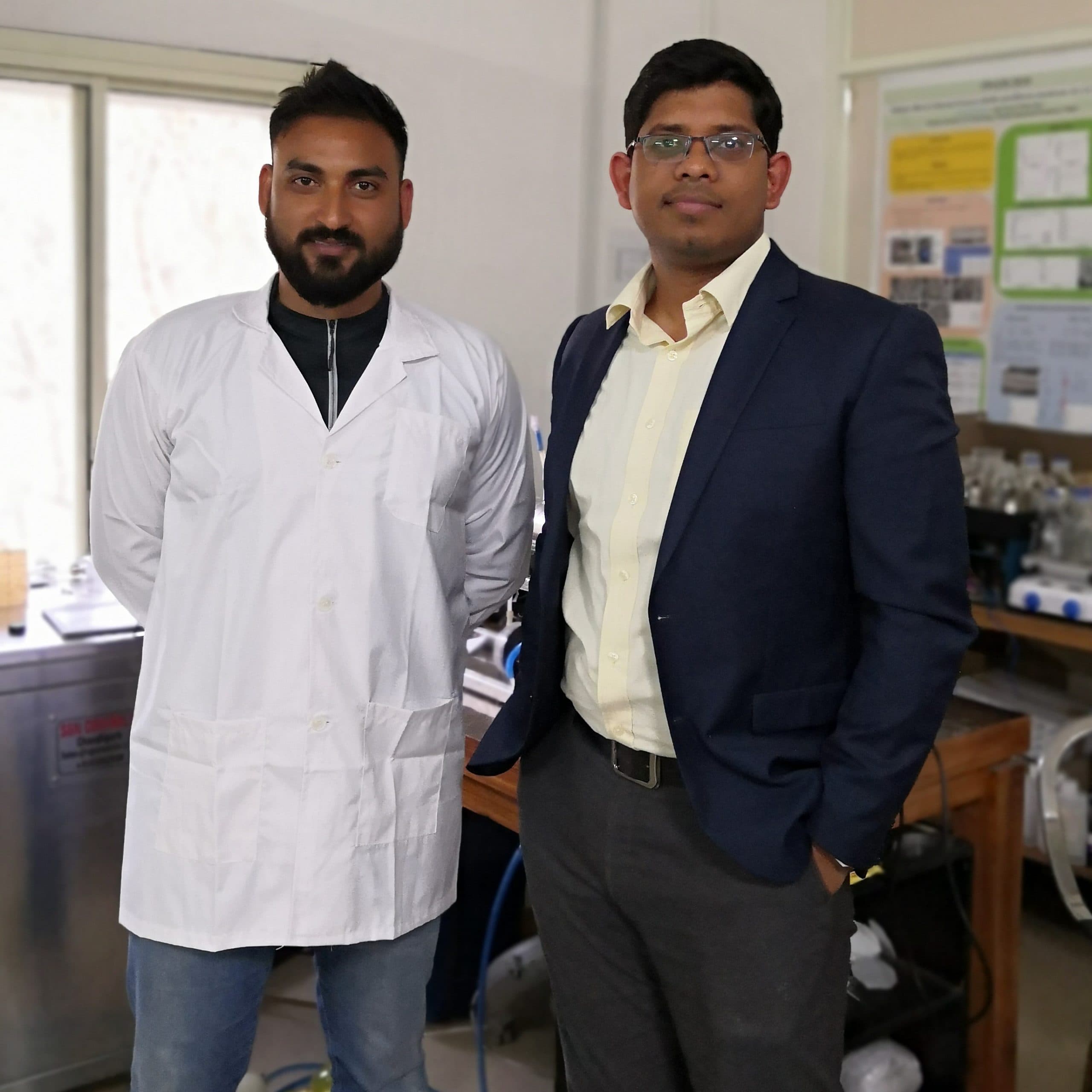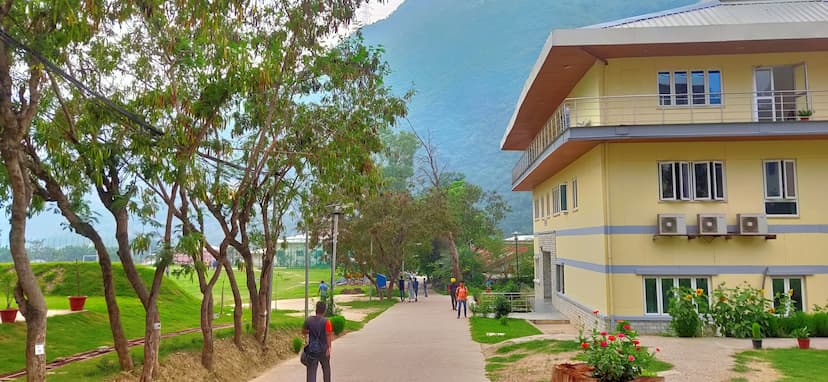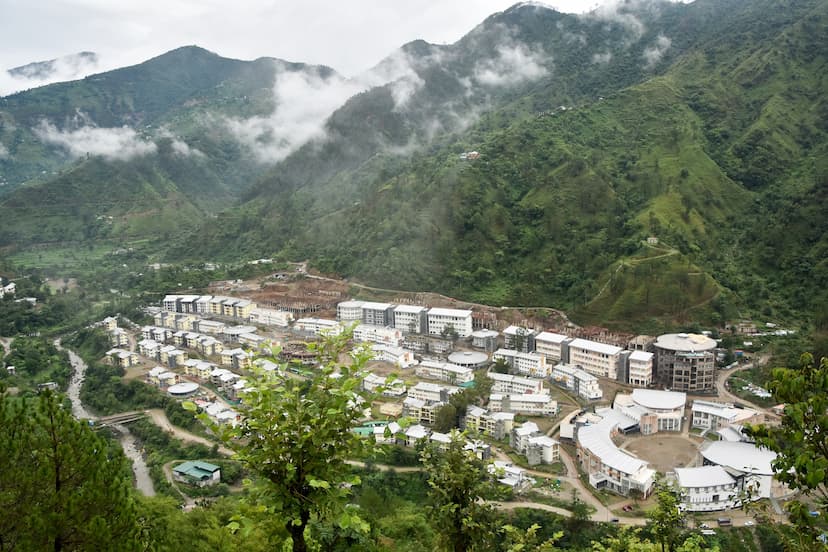IIT Mandi researchers develop great method for heavy metal removal

IIT Mandi researchers have proved their mettle once again by designing a fibrous membrane filter for efficient removal of heavy metals from water.
IIT Mandi researchers say presence of heavy metals in water can cause many complications in humans including Alzheimer’s Disease, Parkinson’s Disease and Multiple Sclerosis.


IIT Mandi researchers develop great method for heavy metal removal
IIT Mandi researchers developed the filter using biopolymer-based material to remove heavy metals from water.
The results of the work of IIT Mandi researchers has been recently published in the prestigious Elsevier journal, Polymer.
The paper has been co-authored by Dr. Sinha Ray and his research scholar, Mr. Ashish Kakoria, along with Dr. Suman Sinha Ray, Adjunct Assistant Professor, University of Illinois at Chicago.

IIT Mandi researchers says acid mine drainage containing large quantity of heavy metals is a menace.
Heavy metals in water could lead to several neurological problems in human including Alzheimer’s disease, Parkinson’s disease, and multiple sclerosis, and it is important to develop filters to treat effluents that are released into water bodies to prevent pollution.
Dr. Sumit Sinha Ray who led the team of IIT Mandi researchers said the problems of arsenic pollution in the Ganga basin are well known in India.

The Indian National Science Academy reports that the major hazardous metals of concern for India in terms of their environmental load and health effects are lead, mercury, chromium, cadmium, copper, and aluminium, that are released into the water through anthropogenic activities such as mining, manufacturing, electroplating, electronics, and fertilizer production, among others, say IIT Mandi researchers.

‘In this work, we have provided a novel, industrially scalable method of production of adsorbents that can bind to heavy metals.’
One specialty of these adsorbents is that they contain a large amount of a biopolymer, Chitosan, derived from crab shells that is mixed with a well-known polymer, Nylon, said Dr. Sumit who led IIT Mandi researchers.

While normally the fibres used to make regular cartridge filter-assemblies are processed by a method called melt blowing, the IIT Mandi researchers have used a process called ‘solution blowing.’
Solution blowing produces fibres that are nanometres in diameter – a hundred thousand times thinner than a single human hair, say IIT Mandi researchers.
When the fibres get finer, their surface area increases tremendously, which results in better adsorption of heavy metals, say IIT Mandi researchers.
Apart from producing nanofibres, solution blowing processes can enable blending of natural polymers like chitosan, lignin etc. with synthetic polymers like Nylon, Poly(methyl methacrylate) etc, says Dr. Sumit Sinha Ray who led the team of IIT Mandi researchers.
The replacement of synthetic polymers with natural polymers is a welcome move in this era of environmental consciousness.
Using the solution blowing technique,IIT Mandi researchers could replace 40% of the nylon with chitosan, which means 40% less fossil-fuel-derived, polluting plastics.
Along with this, IIT Mandi researchers have also observed that while normally adsorbent fibres bind to the target metal only at their surface, in their nanofibre membranes, the adsorption was seen to happen at the sub-surface scale as well, which translates to higher metal removal efficiency as per the researchers’ hypothesis, like – for copper almost 302 mg of metal ion could be adsorbed per 1 g of adsorbent.
The membranes could be reused at least eight times before there was considerable reduction in the efficiency of metal adsorption, say IIT Mandi researchers.

Recovery of the adsorbed metal in a metal-hydroxyl nitrate form was also easy, which is a value-addition to the membrane filter.
‘We tested with a prototype with four litres of heavy metal-laden water in the lab and have seen impressive results,’ say the IIT Mandi researchers.
The researchers tested their membrane with copper laden water, to establish proof of principle.
Dr. Sumit Sinha Ray and his team of researchers are all set to scale up the technology to industrial scales, to handle larger volumes of metal-contaminated water.
This study is funded by the Ministry of Mines, Government of India.
S Vishnu Sharmaa now works with collegechalo.com in the news team. His work involves writing articles related to the education sector in India with a keen focus on higher education issues. Journalism has always been a passion for him. He has more than 10 years of enriching experience with various media organizations like Eenadu, Webdunia, News Today, Infodea. He also has a strong interest in writing about defence and railway related issues.






